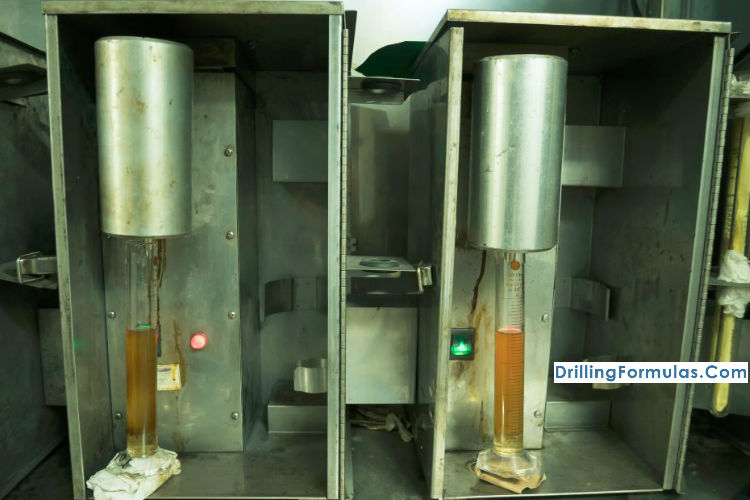From the previous post, we learn about how to determine break circulating pressure inside drill string. This post we will learn about how to calculate pressure required to break circulation in annulas.
Formula to calculate pressure required overcoming the mud’s gel strength in the annulus as follow:
Pgs = y ÷ [300 x (Dh, in. – Dp, in.)] x L
where Pgs = pressure required to break gel strength, psi
L = length of drill string, ft
y = 10 mm. gel strength of drilling fluid, lb/100 sq ft
Dh = hole diameter, in.
Dp = pipe diameter, in.
Let’s take a look at the example below and understand how to determine pressure required to break circulation in the annulus by using following information
L = 11,500 ft
y = 12 lb/100 sq ft
Dh = 6.5 in.
Dp = 4.0 in.
Referring to the formula above, all parameters can simply input into the formula to get the break circulation pressure in the annulus.
Pgs = 12 ÷ [300 x (6.5 – 4.0)] x 11,500 ft
Pgs = 184.0 psi
Ref book: Formulas and Calculations for Drilling, Production and Workover, Second Edition






 Formulas and Calculations for Drilling, Production and Workover, Second Edition
Formulas and Calculations for Drilling, Production and Workover, Second Edition

